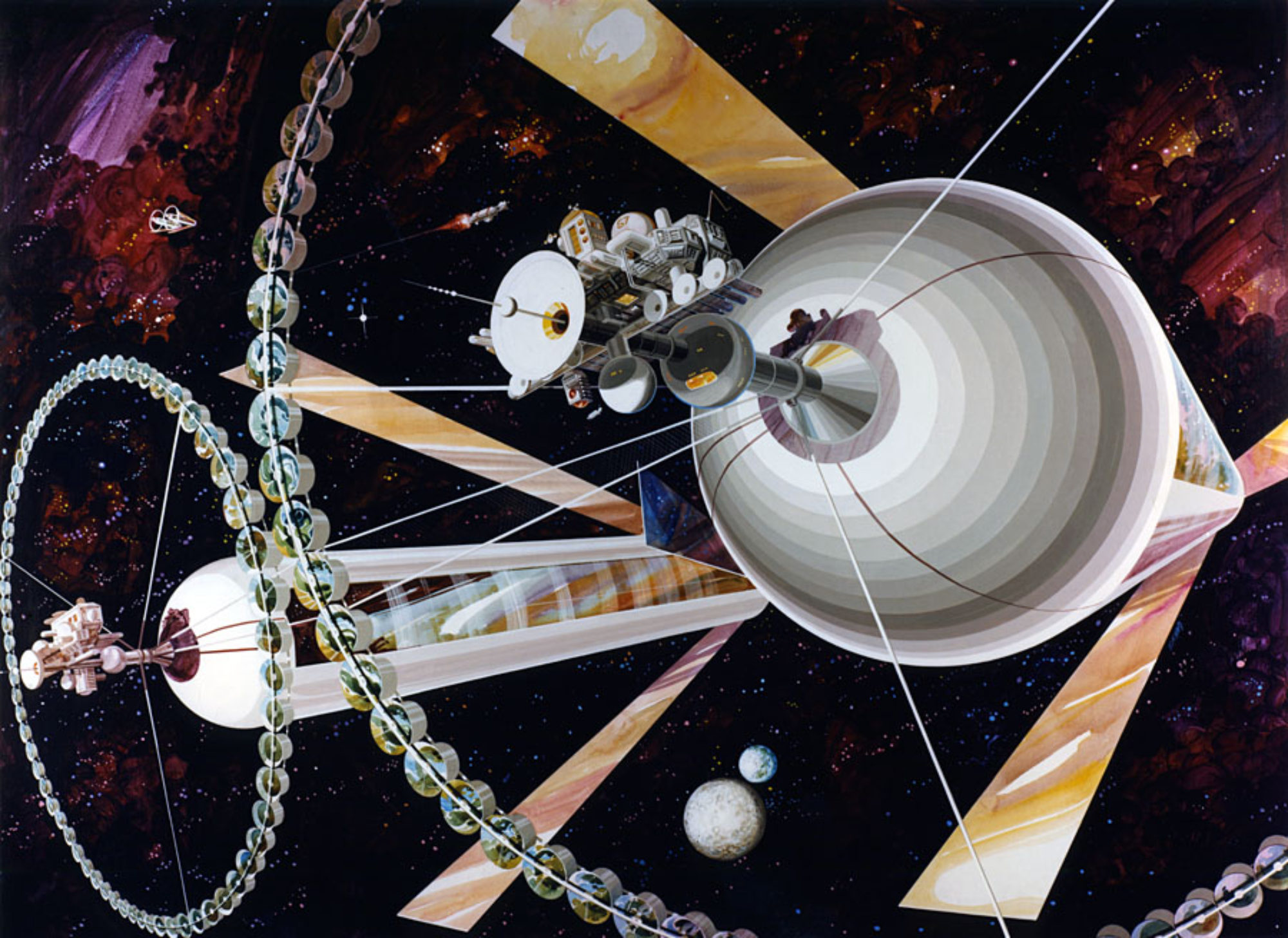
A new technology funded by ESA is under development in Belgium and Portugal that could produce breathable air, oxidizer for rocket fuel and nitrogen for fertilizer out of thin air on Mars. Using a high energy plasma, researchers at the University of Antwerp and the University of Lisbon published independent results that look promising as a source of oxygen for life support and propulsion, plus nitrogen oxides as fertilizer to grow crops.
Team Antwerp heated simulated Martian atmosphere with microwaves in a plasma chamber. The electrical energy cracked the carbon dioxide and nitrogen in the gas into highly reactive species generating oxygen which, in addition to creating breathable air and oxidizer for fuel, was combined with the nitrogen to create useful fertilizer.
The scientists in Lisbon used direct current to excite the gases into a plasma state, literally creating lightning in a bottle. This team focused only on the production of oxygen.
The efficiency of these processes is quite impressive. For example, when compared to the Mars Oxygen In Situ Resource Utilization Experiment (MOXIE) on NASA’s Perseverance rover, the Antwerp system uses the same input power, about 1kWh, but produces 47 g per hour which is about 30 times faster. MOXIE uses solar energy to electrochemically split carbon dioxide into oxygen ions and carbon monoxide, then isolates and recombines the oxygen ions into breathable air.

The research is in early days but has the potential for benefits on Earth too. The amount of energy needed to fix nitrogen in fertilizer for terrestrial crops is significant and releases considerable amounts of carbon dioxide to support worldwide agriculture. This plasma technology, if it can be commercialized, has the potential to reduce the carbon footprint of Earth-based fertilizer production. The fact that the process has duel-use provides a profit motive for development of the equipment and scaling up production, which could lead to improvements in efficiency and reduction in the mass for space applications.
We love ISRU technology that facilitates production of consumables using local resources at space destinations, thereby reducing the mass that needs to be transported to support space settlements and enabling them to become self-sustaining.
